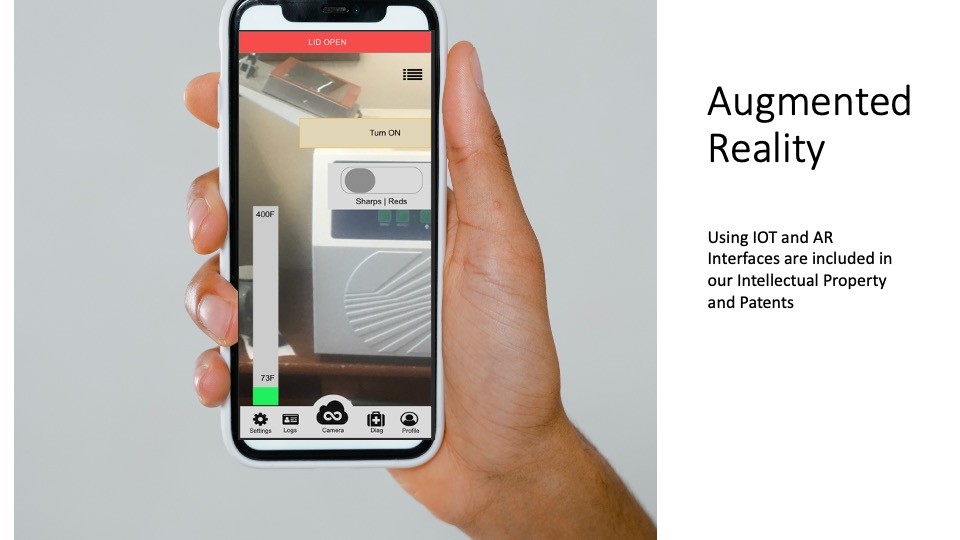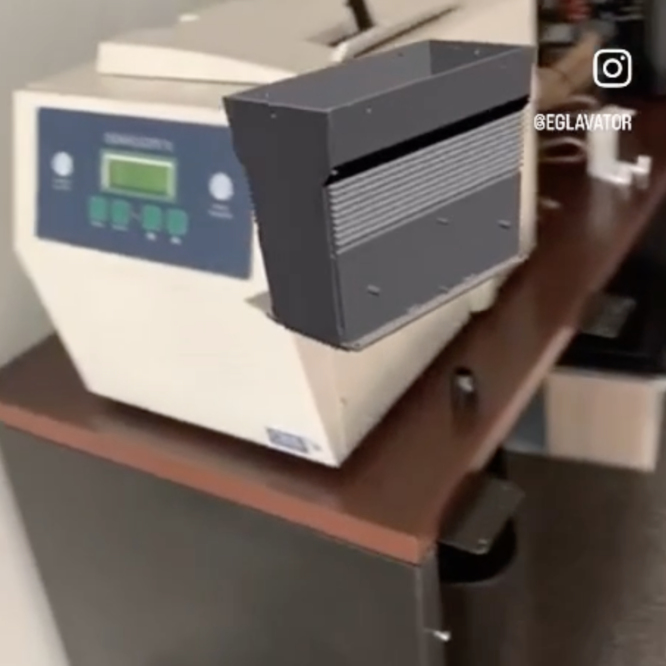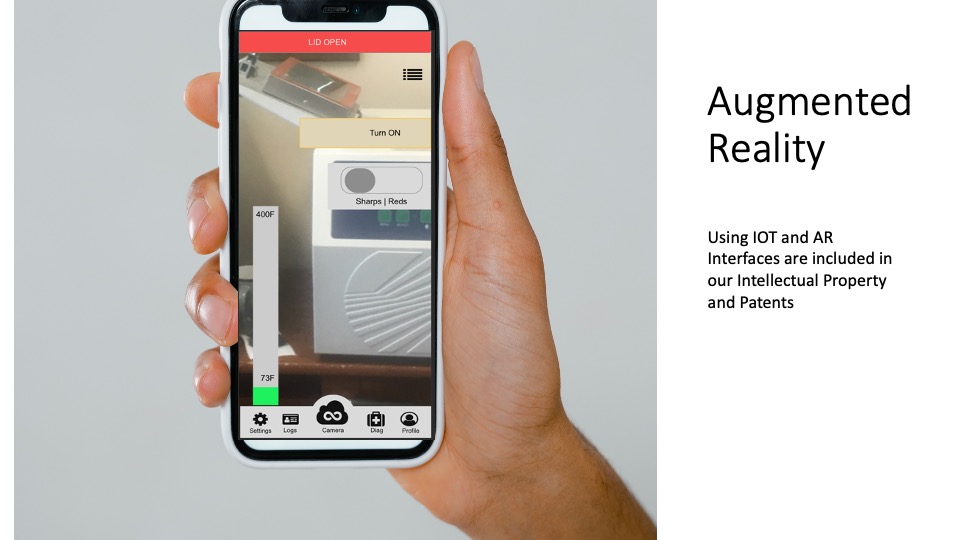Medical Waste Disposal is a source of contamination and in many ways, any incineration process that is used by the process of dry heat, syringes, bandages, and any medical waste is safely disposed using my device.
The device is covered under US Pat. 11,441,773
Dry heat is a form of heat treatment that utilizes hot air or flames to disinfect or sterilize objects. It involves subjecting the objects to high temperatures without the presence of moisture. Dry heat is commonly used in various industries, including medical waste disposal, to destroy microorganisms and render the waste safe for disposal.
In medical waste disposal, dry heat is employed as a solution that is not incineration. Incineration is the controlled combustion of waste materials at high temperatures, typically ranging from 800 to 1,200 degrees Celsius (1,472 to 2,192 degrees Fahrenheit). During incineration, medical waste is exposed to intense heat, which effectively kills pathogens, including bacteria, viruses, and other potentially infectious agents, however this process is generates CO2 emissions and it is not environmentally friendly as dry heat.
Dry heat and demolizer are approved by EPA
Dry heat-based is an effective method for medical waste disposal because it not only eliminates pathogens but also reduces the waste volume. This process is especially crucial for the safe management of hazardous medical waste, such as contaminated sharps, biological materials, laboratory waste, and pharmaceutical waste. The research indicates that is very effective.











Augmented Reality (AR)
Augmented Reality (AR) technology can be leveraged to enhance the control of heating processes and make them safer for medical treatments. By overlaying digital information and virtual elements onto the real-world environment, AR provides real-time visual feedback and guidance, improving the accuracy and precision of heat application in medical procedures.
In the context of controlling heating processes for medical treatments, AR can be used to display temperature gradients, thermal maps, and heat distribution patterns in real-time. This visual information can help healthcare professionals ensure that the target area is receiving the desired amount of heat, while avoiding overheating or damaging surrounding tissues. With AR, medical practitioners can have a clear and intuitive visualization of the heat distribution, enabling them to make immediate adjustments and optimize the heating process accordingly.
Furthermore, AR can provide step-by-step guidance and procedural instructions overlaid onto the medical equipment or the patient’s body. This can help medical professionals accurately position heating devices and ensure they are operating within the desired temperature range. AR can also assist in monitoring the treatment progress, displaying real-time temperature readings, and issuing alerts if any anomalies or safety thresholds are exceeded. By integrating AR technology into heating processes, medical treatments can be made safer, reducing the risk of burns, tissue damage, or adverse effects, while increasing the overall precision and control of the heat application
Internet of Things (IOT)
One key advantage of IOT tunnels in healthcare is the ability to establish a secure connection while bypassing potentially vulnerable public networks. By creating a private network infrastructure, IOT tunnels ensure that the communication between devices remains confidential, protecting sensitive patient data and preventing unauthorized access. This is particularly important in healthcare, where the privacy and security of patient information are paramount.
Moreover, IOT tunnels enable centralized control and management of connected devices, allowing healthcare providers to monitor and adjust parameters remotely. For instance, doctors can access real-time data from patient monitors or adjust medication dosages through secure tunnels, even if they are not physically present at the patient’s bedside. This capability enhances the efficiency of healthcare delivery, facilitates timely interventions, and improves patient outcomes.
Furthermore, IOT tunnels enable seamless integration and interoperability among diverse medical devices and systems, regardless of their manufacturers or protocols. They serve as a bridge between different technologies, facilitating data exchange and coordination between devices, electronic health records (EHR) systems, and other healthcare applications. This interoperability enhances the overall efficiency and accuracy of healthcare workflows, enabling healthcare professionals to make informed decisions based on comprehensive and integrated data.
In summary, IOT tunnels are essential in the healthcare industry as they provide a secure and reliable means of controlling devices. By ensuring privacy, enabling remote management, and facilitating interoperability, IOT tunnels contribute to enhanced patient care, streamlined workflows, and improved operational efficiency in healthcare settings.

